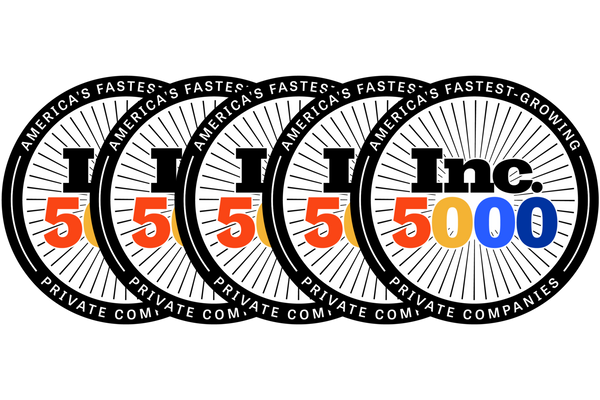Red Light Therapy
Browse our collection of advanced red light therapy beds and panels designed to support full-body recovery, skin health, circulation, and overall wellness. Featuring LED and infrared light therapy technology for home and professional use.
Filter and sort
9 products



























